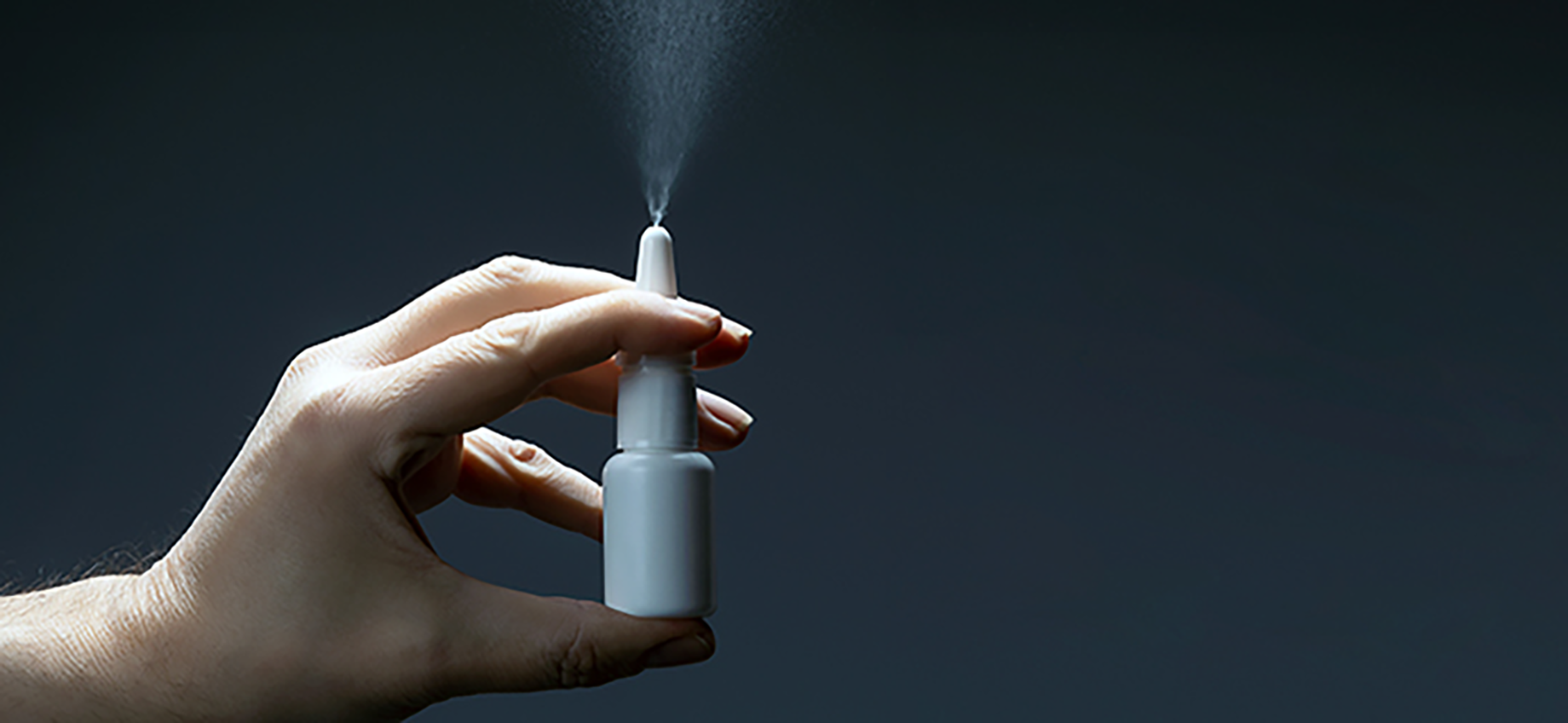
Preventive vaccines—as safe and effective as they appear to be—are not silver bullets to combat the coronavirus everywhere or forever. As COVID variants such as Delta and Omicron emerge, the effectiveness of current vaccines must constantly be re-evaluated. Further, success of the SARS-CoV-2 vaccines hinges not only on their safety and efficacy but their widespread availability, acceptance, and uptake.
This argues for investment in the development of other broad-spectrum methods to prevent infection and transmission of coronaviruses.
While vaccines should remain the centerpiece of any strategy to fight the coronaviruses, they are not the only option. Emerging studies suggest agents with activity against SARS-CoV-2 administered intranasally could play a vital role.
VACCINE CHALLENGES: DISTRIBUTION AND SKEPTICS
Large-scale inequities in the distribution of COVID-19 vaccines to low- and middle-income countries ensure that the virus is here to stay for many years. There have been typical barriers to distribution of vaccines: pace and quality of manufacturing, volume of supply, ready distribution channels (including ones that support extreme refrigeration), underfunded public health infrastructure, acceptance and tolerance of vaccines, and dosing frequency.
Vaccine hesitancy has hindered widespread acceptance of SARS-CoV-2 vaccines in countries like the United States, where vaccine refusal has accelerated over the past decade.
LIVING WITH COVID VARIANTS
Even if vaccine coverage is sufficient to eventually eradicate the current pandemic, current and future variants will be with us. While vaccines appear to have some efficacy against variants of SARS-CoV-2, protection against new mutations is not guaranteed. This uncertainty of future protection is critical, as experts agree that we will see new emerging coronaviruses crossing species and infecting new hosts (including humans).
Bats—the most likely source of the coronavirus leading to the current pandemic—are known to host hundreds of viruses; over 200 novel coronaviruses have been identified in bats since 2005. Efficacy of the current SARS-CoV-2 vaccines against future emerging coronaviruses remains unknown.
NASAL SPRAYS TO PREVENT AND TREAT COVID
Roughly half a dozen nasal sprays under development have the potential to neutralize the coronavirus in the upper respiratory tract—the virus’s point of entry—by binding to the spike protein that gives the coronavirus its distinctive structure. Such a product could prevent the virus from migrating to the lower respiratory tract, thereby preventing the damage that SARS-CoV-2 often causes.
At least one compound, the antiviral protein griffithsin, has demonstrated in vitro and in vivo efficacy against a broad range of human and animal coronaviruses, giving strong reason to believe it may be effective against future mutants and new coronaviruses, especially if combined with other potent antimicrobials like carrageenan.
A self-administered, on-demand, low-cost nasal spray could not only address some aspects of vaccine hesitancy and user preference but also distribution challenges in low-resource settings.
Additionally, a self-administered nasal spray could be provided to front-line workers and others who interact with high-risk populations and would be a crucial stopgap measure to buy time while existing vaccines are evaluated against new mutations and new coronaviruses.
The morbidity and mortality of any new emerging coronavirus variants, like Omicron, are still under evaluation, but we need to be prepared for the worst. Coronavirus fatigue is an issue in many parts of the world, and the emergence of a new coronavirus with no ready prevention product would strain the already wavering patience and willingness of individuals to comply with nonpharmaceutical interventions, such as mask wearing and social distancing, and certainly lead to additional death and disability.
The lack of preparation for SARS-CoV-2 has led to devastating consequences in the health, livelihoods, schooling, and food supply of billions of people around the world.
Relieved that vaccines are available but aware of the substantial challenges to achieving adequate vaccine coverage, we must develop an array of tools to fight against SARS-CoV-2 and the future coronaviruses that are undoubtedly on the way.
Nasal sprays and other self-care protective technologies hold promise to prevent and treat infection from COVID. Investments in research and development will allow us to expand our arsenal of options to respond to a pandemic.
